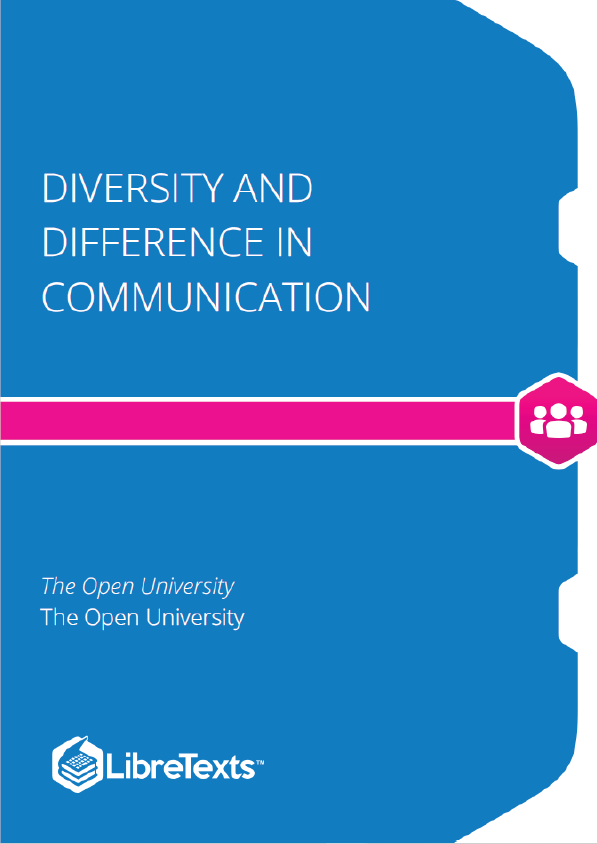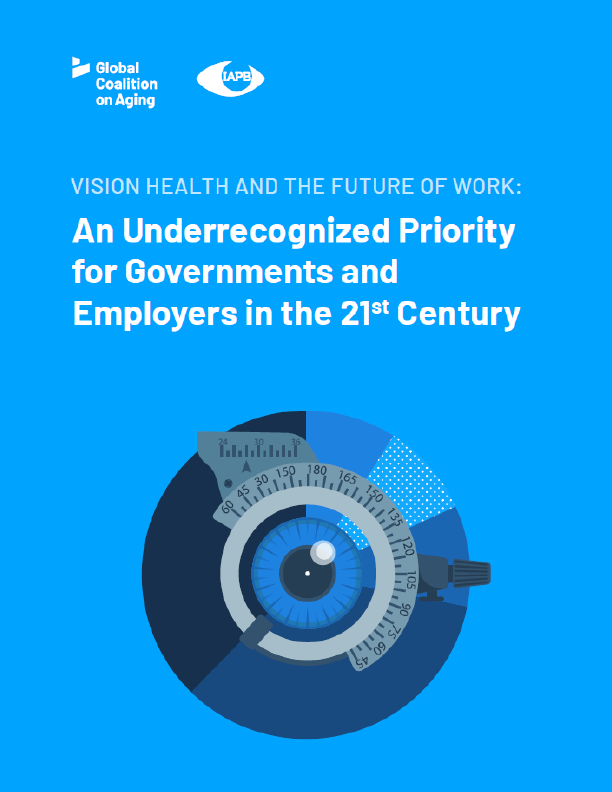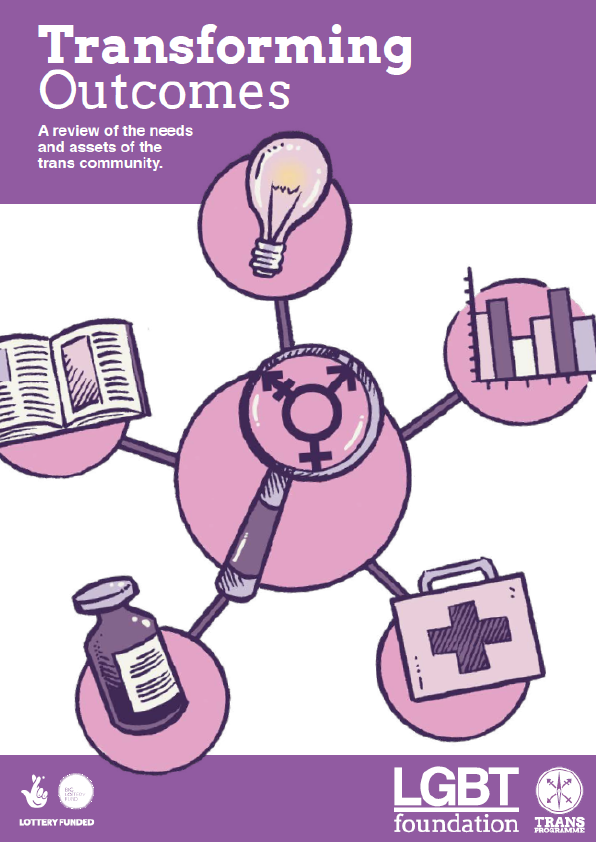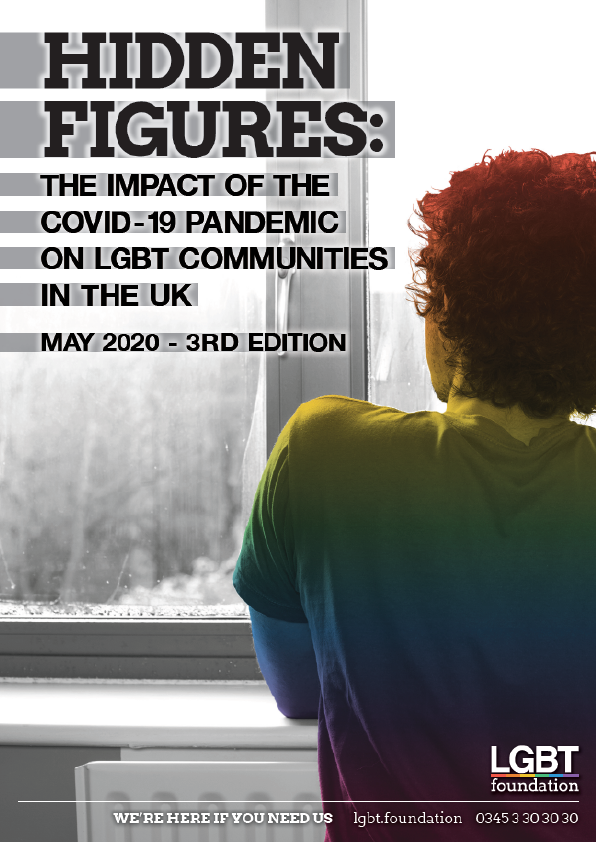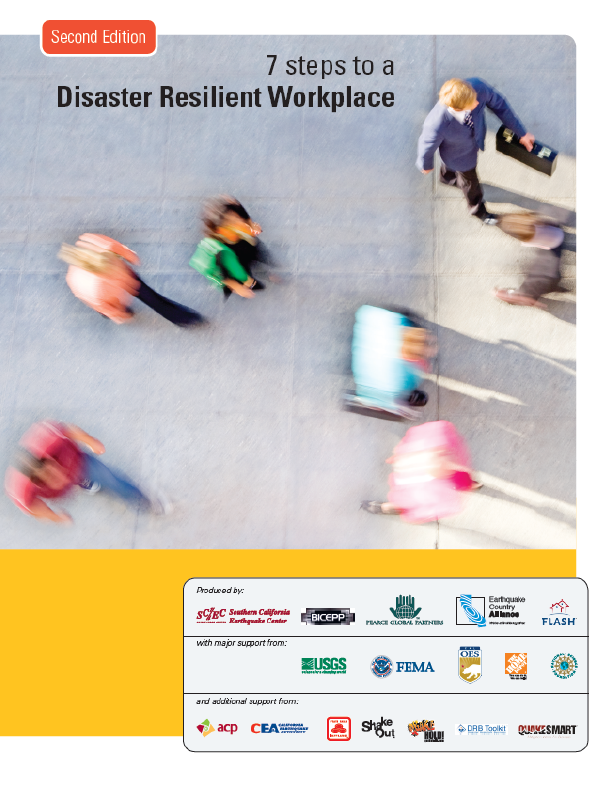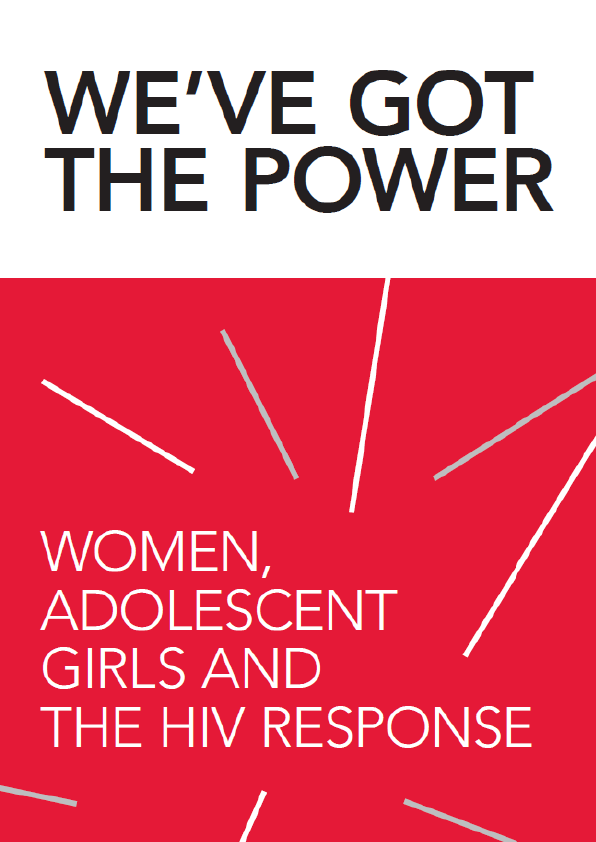Interpersonal communication in health and social care services is by its nature diverse. As a consequence, achieving good or effective communication whether between service providers and service users, or among those working in a service means taking account of diversity, rather than assuming that every interaction will be the same. This text explores the ways in which difference and diversity impact on the nature of communication in health and social care services.
Interpersonal communication in health and social care services is by its nature diverse. As a consequence, achieving good or effective communication whether between service providers and service users, or among those working in a service means taking account of diversity, rather than assuming that every interaction will be the same. This text explores the ways in which difference and diversity impact on the nature of communication in health and social care services.
Introducing Diversity and Difference
This text focuses on issues of difference and diversity in a specific sense. Rather than analysing diversity in terms of kinds of communication and relationships, the focus here shifts to diversity in terms the people involved in interactions in care settings. Again, it is simple common sense to state that ‘good’ communication in health and social care services involves acknowledging and responding to the diverse needs and backgrounds of everyone involved, whether service users or staff. In the context of care services, it is not unusual for people to say, for example, that ‘everyone is different’ and ‘we aim to treat all our patients/clients/workers as unique individuals’. However, while agreeing that, at one level, ‘everyone is different’, and that each person brings a unique combination of needs, experiences and attributes to every interaction, in this course we shall claim that some ‘differences’ matter – or more accurately are made to matter – more than others, in people’s everyday experience of using and working in care services.
The kinds of ‘difference’ explored in this course are related to what are sometimes called people’s social identities: that is, their membership of particular groups that are said to share common experiences and needs. These include differences on the basis of ‘race’ and ethnicity, gender, disability, age and sexuality. What marks out these apparent differences from other kinds of diversity is both their importance in structuring people’s everyday experience, including their experience of health and social care services, and the ways in which they are used to define certain people as ‘other’, or as different from a supposed ‘norm’.
